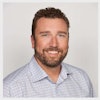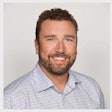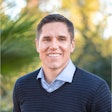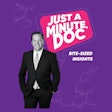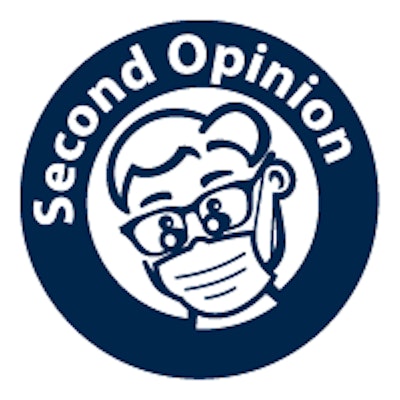
Becoming a practice owner is not an easy feat in this day and age, particularly when you consider that the average dental student graduates with more than $240,000 in debt -- an amount that has doubled since 2001, according to the American Student Dental Association (ASDA). Meanwhile, operational overhead seems to increase annually. If owning a practice looks difficult, having multiple offices can feel like a pipe dream.
However, the ADA Health Policy Institute recently released a research brief that discussed the tremendous growth of large group practices (LGPs), including practices supported by dental support organizations (DSOs). In fact, according to the brief, market share increased for LGPs from 2002 to 2012, and larger DSO-supported group practices also saw increases in their number of offices, employees, and revenue during the same time span -- enabling doctors like myself to ride this wave of growth into practice ownership.
 R. Dustin Dixon, DMD.
R. Dustin Dixon, DMD.What is so startling is that this growth comes at a time when the ADA reports that 34.4% of adults in the U.S. did not visit the dentist in 2012 (the last year for which data are available), and about 45 million individuals still live in dental health professional shortage areas (HPSAs). How can one type of practice model be growing so efficiently if a massive portion of the population is still not going to the dentist or even able to access one?
It is clear that the dental practices outlined in the policy brief must be doing something right -- and I believe my Aspen Dental practices are living proof.
Located in several of Florida's dental HPSAs, my offices regularly see six to seven new patients each per day, many of whom have not had a regular pattern of care. For some, it's been years or even decades since their last dental visit, often because of cost, anxiety, or fear. It is clear the need for dentistry is and will remain high among those who have been delaying care -- which you can see is still a significant portion of the country.
However, while the ADA brief reports on the growth of LGPs and DSO-supported practices, it also mentions that the U.S. could be entering a period of flattening demand for dental care. In my experience, that's simply not true. Dentistry has an opportunity -- and an obligation -- to reach an entire population of Americans who need dental care, and practice owners like me are working to reach this demographic with the support of DSOs and partner doctors.
Working with the support of a DSO -- in my case, Aspen Dental Management (ADMI) -- has been key in the larger trend toward group practice and is a crucial factor unaccounted for in the brief. I first joined Aspen Dental in 2010, and today I own nine locations in Florida.
“The DSO model is what enabled me to grow my practice to its current size.”
For me, the DSO model is what enabled me to grow my practice to its current size. It allows me to focus on developing my clinical team, which now includes 14 general dentists and two specialists, while I have a business partner in ADMI to handle the administrative parts of the business that I, quite frankly, didn't go to school for. It is this equation that has resulted in such enormous growth for LGPs, in that practice owners and their dentists are afforded the time and effort to serve such an underserved population. By having a DSO, I am able to offer these patients the transparency and quality of care that is needed to get them to finally come and see a dentist.
Recently, at an ADMI-sponsored panel for new associate dentists and dental students, I met many who were considering their career path. I was proud to share the lessons I have learned working with these types of patients -- and why my practices were able to access this hard-to-reach population. They wanted to know why I was successful, and it all comes down to me and my dentists' ability to treat those patients ethically in a judgment-free zone. It was an interesting reversal of roles for me: Not too long ago, I was in their shoes, trying to figure out if working in the DSO model was right for me.
I believe I have made the right decision, and the figures speak for themselves -- for LGPs in general, as well as within my own practices. Growing my team to its current size involved not only developing my doctors into stronger clinicians and trusted partners, but also embracing DSO support to help lower costs and increase access to an entirely new patient community. It is through this network of Aspen Dental dentists and practice owners that I have learned what it takes to grow a practice: best-in-class clinical care -- particularly for those patients the dental industry must learn to attract if we want to see sustained growth for all practices.
R. Dustin Dixon, DMD, is an Aspen Dental practice owner based in Sarasota, FL. He owns nine offices along the southwest coast of the state.
The comments and observations expressed herein do not necessarily reflect the opinions of DrBicuspid.com, nor should they be construed as an endorsement or admonishment of any particular idea, vendor, or organization.
